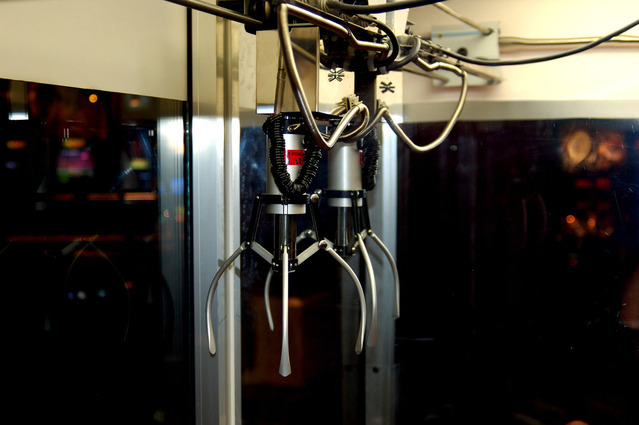 Developments in the robotics field have changed a variety of markets, and the construction industry is one them. Businesses in construction can anticipate to see a host of brand-new machines and robotics that carry out a range of jobs — improving the performance of building and construction tasks such as home extensions and minimizing injuries to human employees, and in turn, reducing the need for builders indemnity insurance.”Building and construction businesses are starting to recognize and value the worth of robotics at the jobsite,” stated Al Cervero, senior vice president, building and construction, mining & energy, at the Association of Equipment Manufacturers (AEM).
Developments in the robotics field have changed a variety of markets, and the construction industry is one them. Businesses in construction can anticipate to see a host of brand-new machines and robotics that carry out a range of jobs — improving the performance of building and construction tasks such as home extensions and minimizing injuries to human employees, and in turn, reducing the need for builders indemnity insurance.”Building and construction businesses are starting to recognize and value the worth of robotics at the jobsite,” stated Al Cervero, senior vice president, building and construction, mining & energy, at the Association of Equipment Manufacturers (AEM).
“Robotics not only increases accuracy of the construction machines but they also enhance working conditions of construction sites from a safety and security viewpoint,” Cervero stated. Whether this will be the construction site task of low loaders transporting metal frames to various locations or frannas lifting concrete slabs onto buildings, “Autonomous, unmanned devices will become standard. In fact, these kinds of devices are being produced and offered by practically every producer,” that belongs to the AEM, states Cervero.
Automation is mostly seen today in mining and farming, Cervero stated, due to the fact that these sites are constant from day-to-day and year-to-year. “With farming, whether the task is planting, fertilizing or watering, each action resembles the previous action,” he stated. In building, automation is more difficult due to the intricacy of the work and that every site and task are continuously altered by extension builders. “In fact, you might have several fleets of various machines that are all working all at once on all elements of the task,” Cervero stated. “Drones might also be considered robotics in such a way and are regularly being adjusted to numerous building and construction jobs to map, file and sometimes manage the site itself.”
A building task is paid, in most cases, by completion of the job. Information analytics and drones are being utilized today to map the development and completion of a stage, and after that to map the next stage, Cervero stated. “Information analytics and telematics are likewise utilized to comprehend how an everyday procedure on a building and construction site can be enhanced and made more effective,” he stated. These technological developments have actually made it possible for building equipment to continuously transfer all types of information to cloud-based systems, while the cloud-based systems are concurrently interacting back to the machines to comprehend the next action of the building procedure, Cervero stated.
Wearable gadgets “are another indication of how robotic/autonomous building and construction devices are benefitting from brand-new innovation,” Cervero stated. Wearables have existed in various industries for their own purposes, although most predominantly in the consumer world of personal fitness training where the famous FitBit was born. But “Wearables can determine the safe and hazardous areas on the jobsite and provide an overhead display screen of a job through an augmented reality that digitizes real-time plans for comparing projects and next stage preparation.”
AEM is presenting its CONEXPO-CON/AGG Las Vegas program on March 7-11, where these recent innovations will be on display. This display will include everything from self-governing and remote-controlled equipment to the first-ever 3D-printed excavator. Other items at the showcase include sophisticated drones for mapping, wearable radio frequency recognition vests, visual augmented reality display construction hats, solar-powered streets, and self-healing asphalt.
While we are confident in robotics and the technology has come a long way, people are still weary about the use of them in everyday life, as with any new technology that comes into play. Builders public liability insurance will be something that every company that uses the technology on site while the public get used to the rise of robotics. The liability insurance is more for piece of mind if accidents happening in the beginning phases of the move in technology in the construction world.
